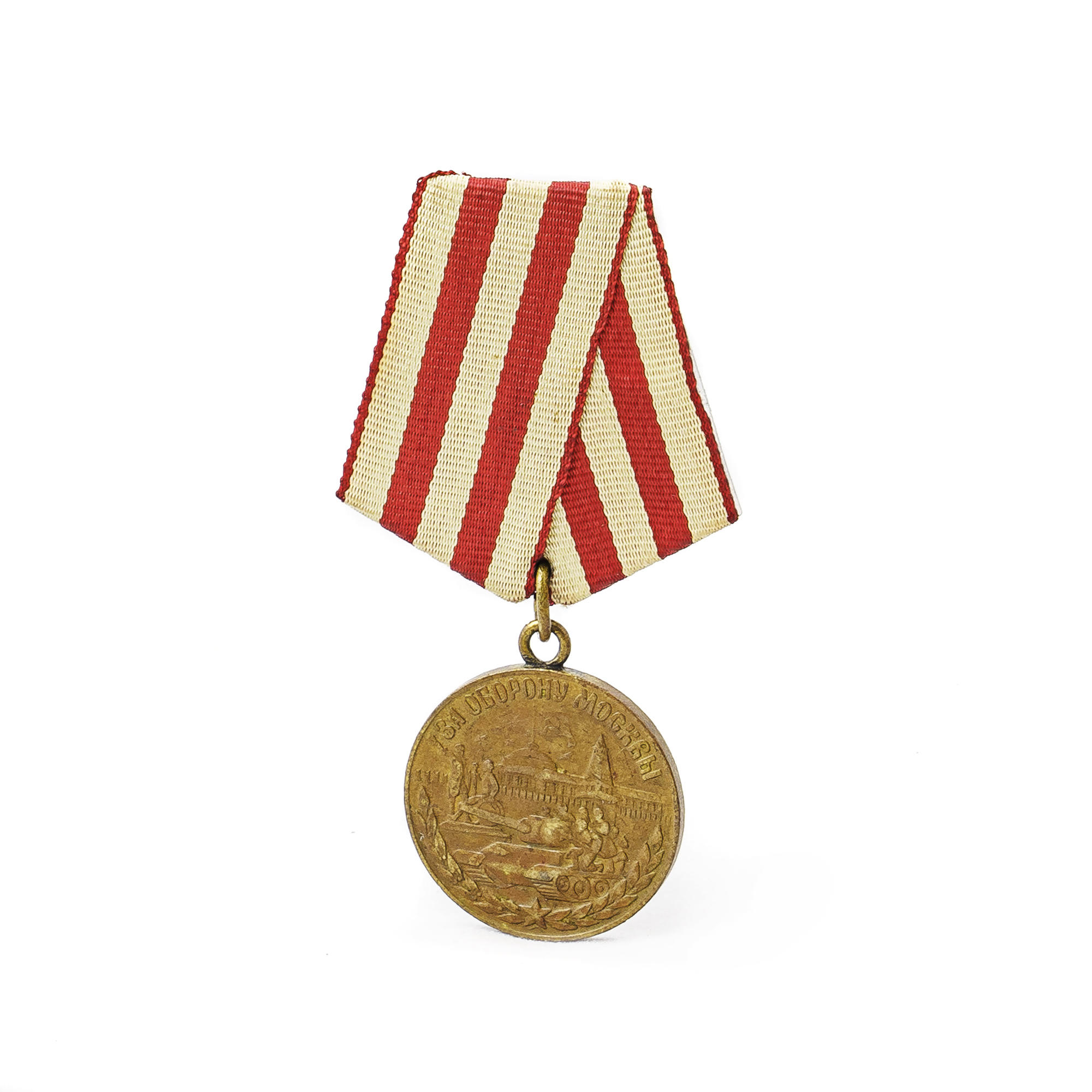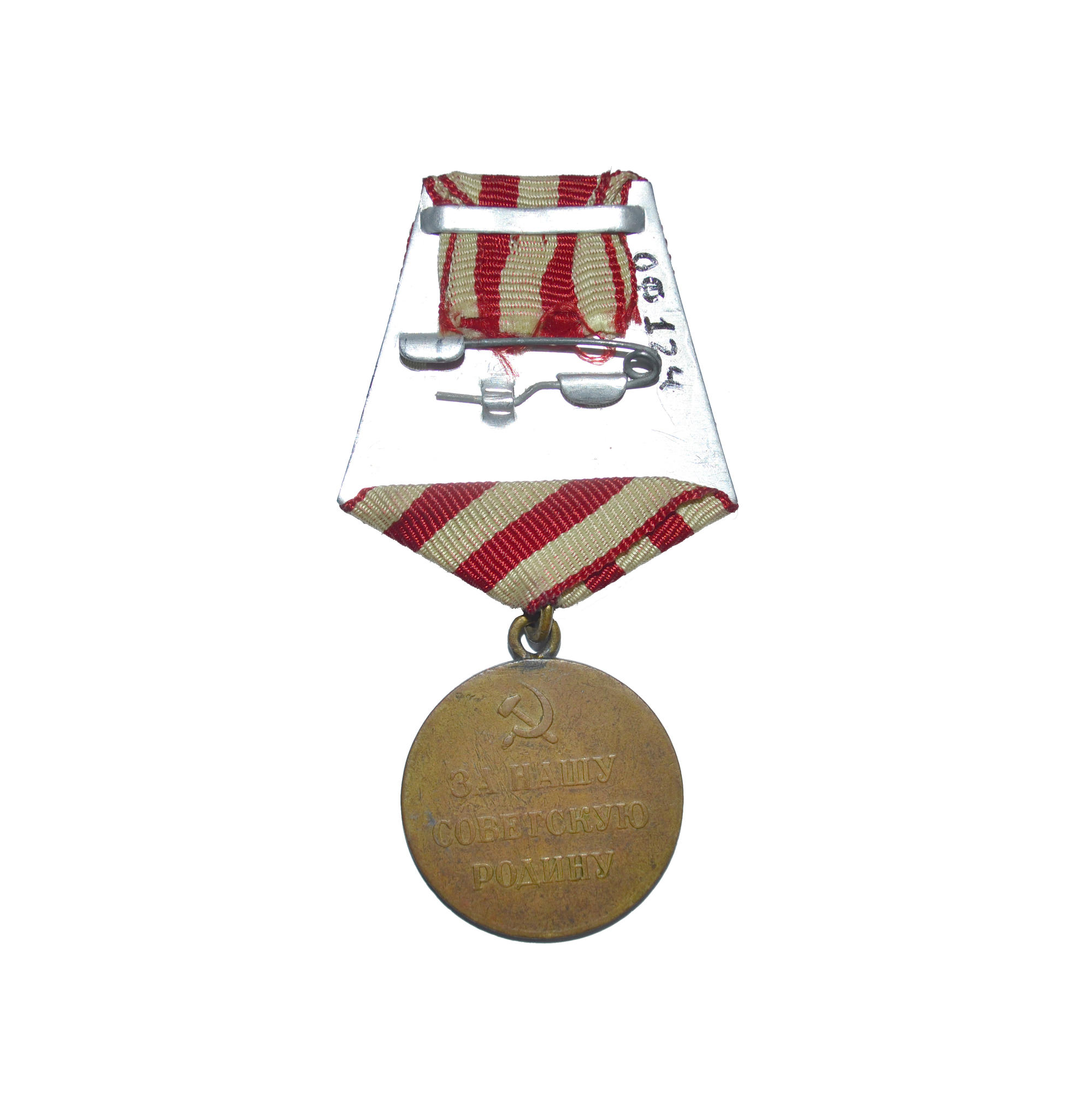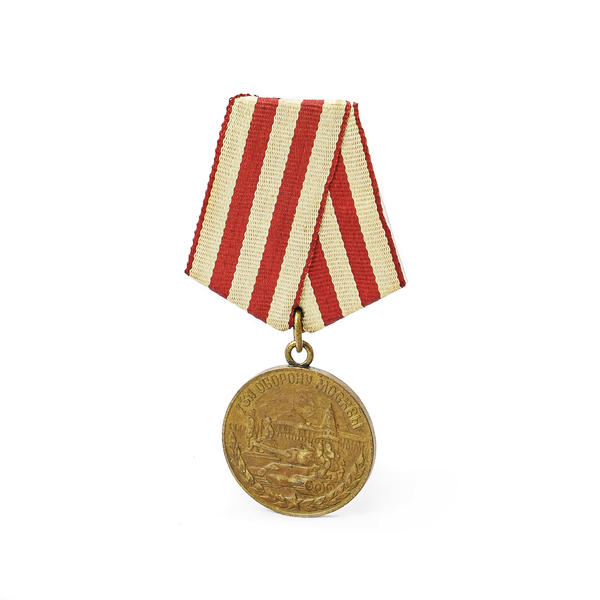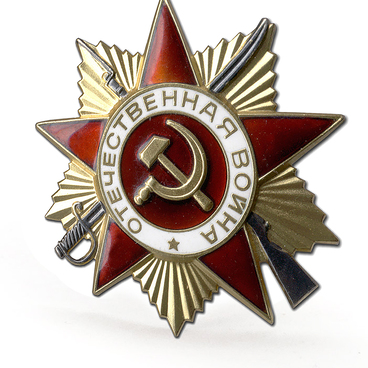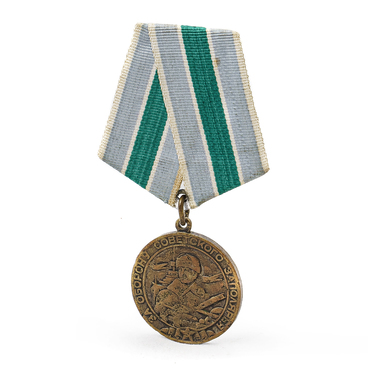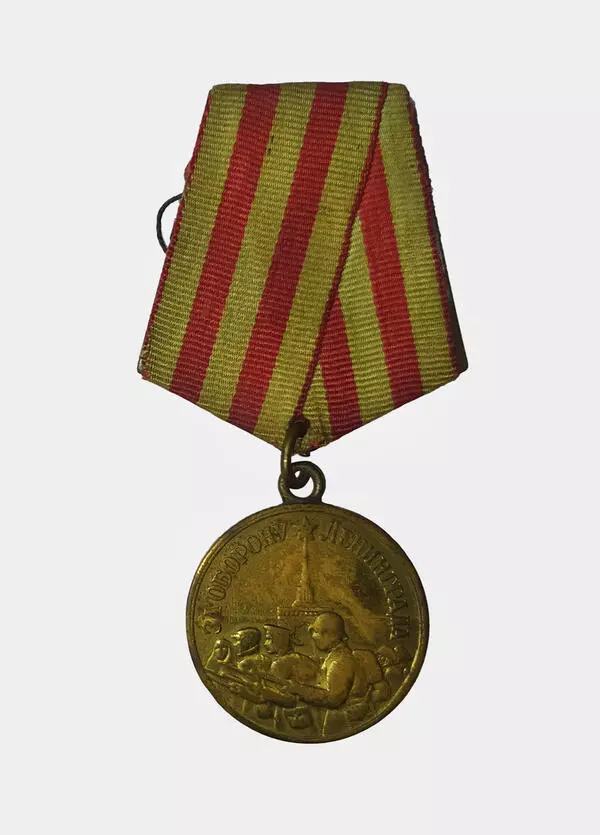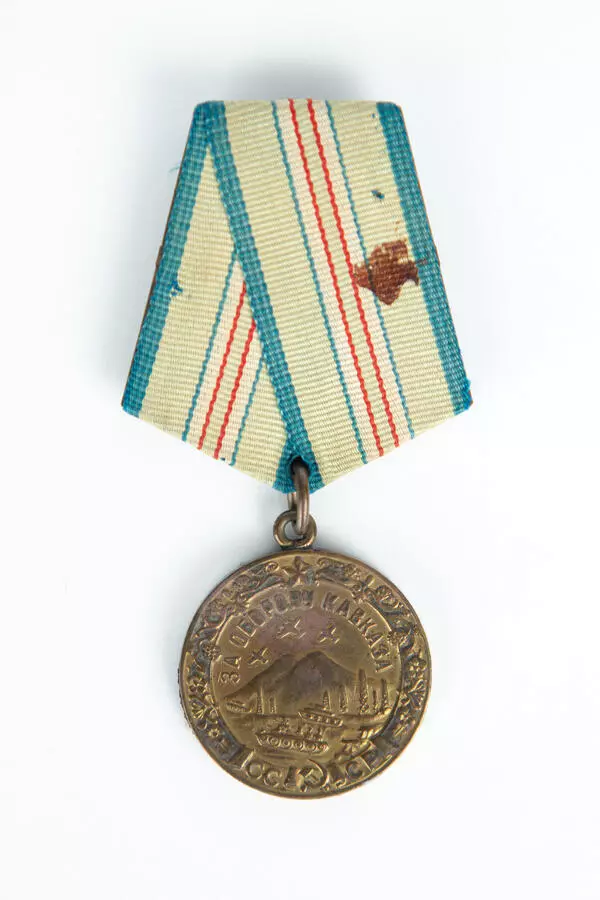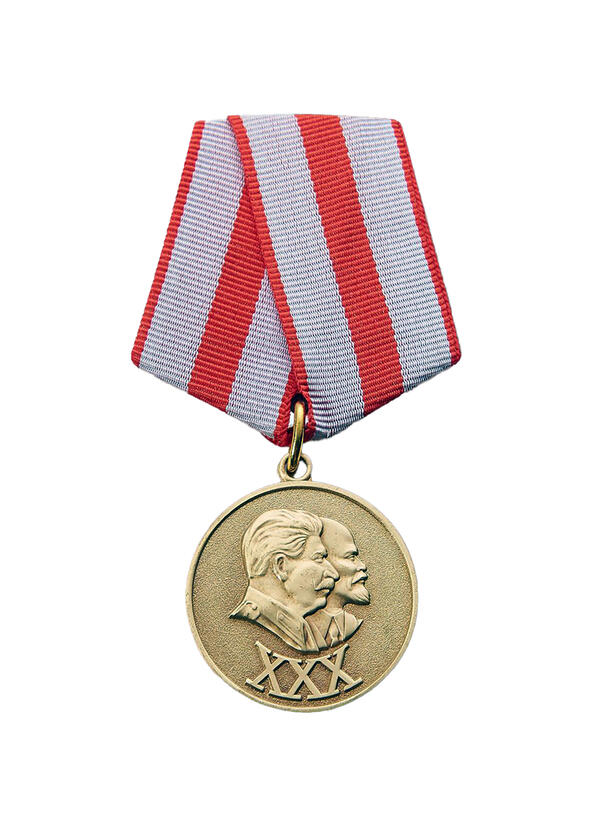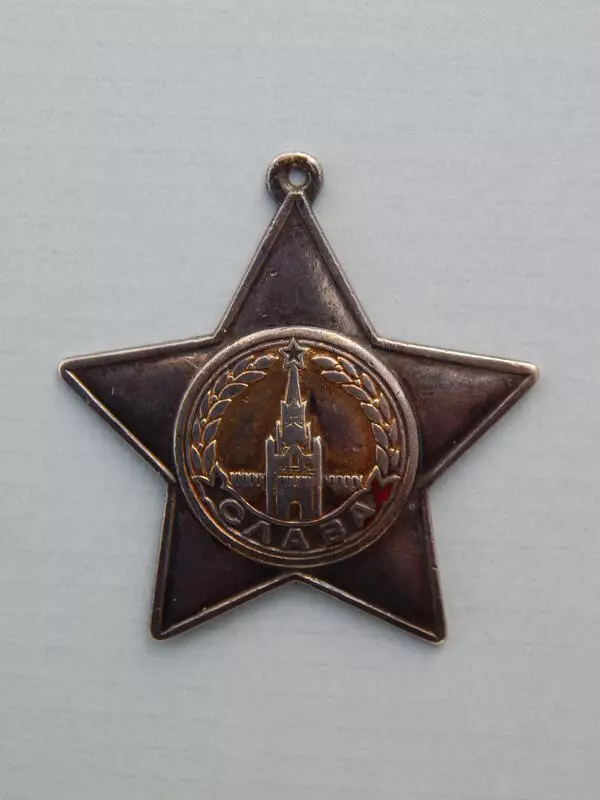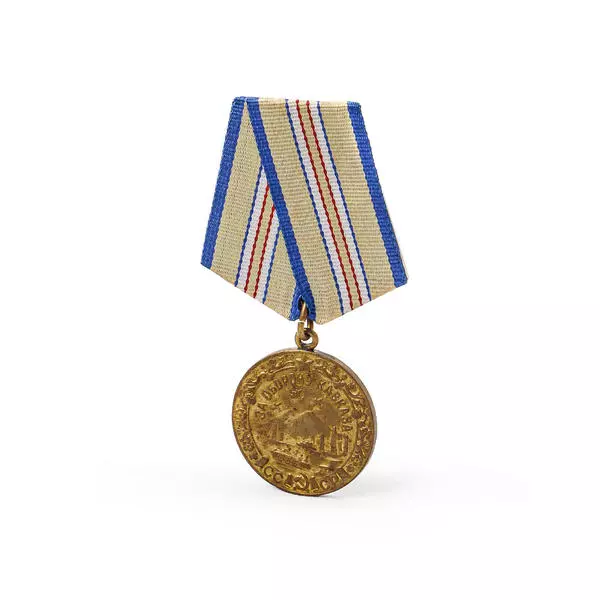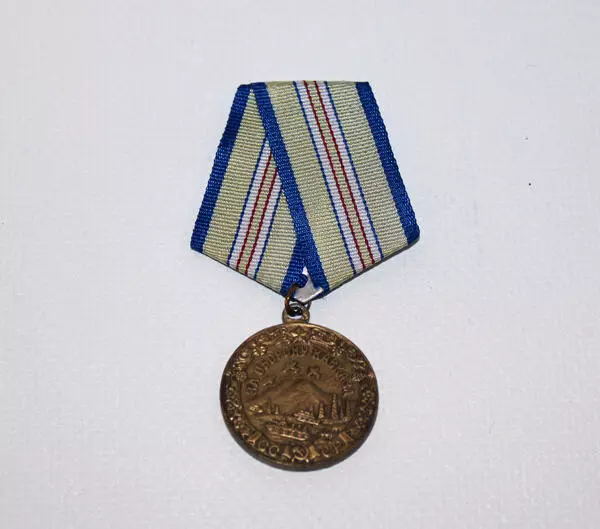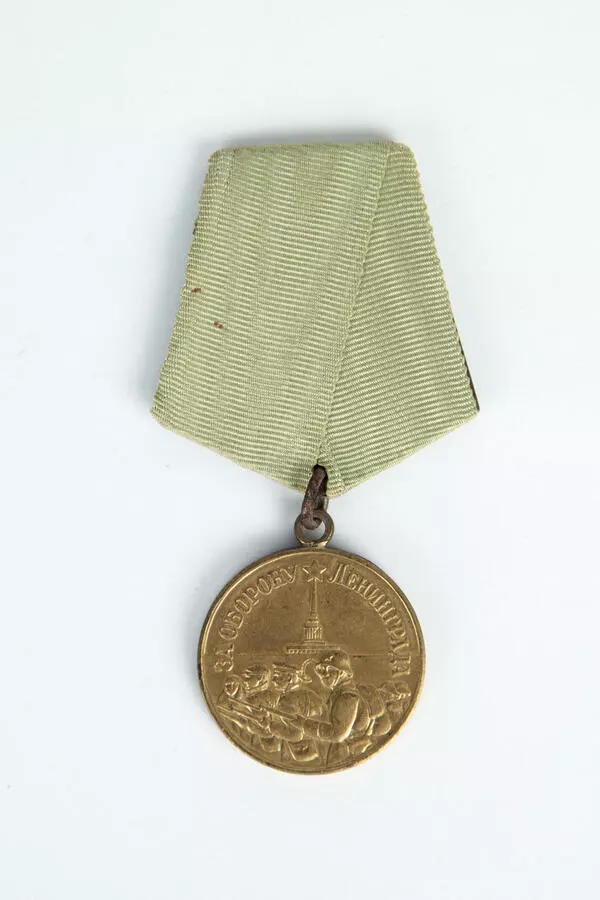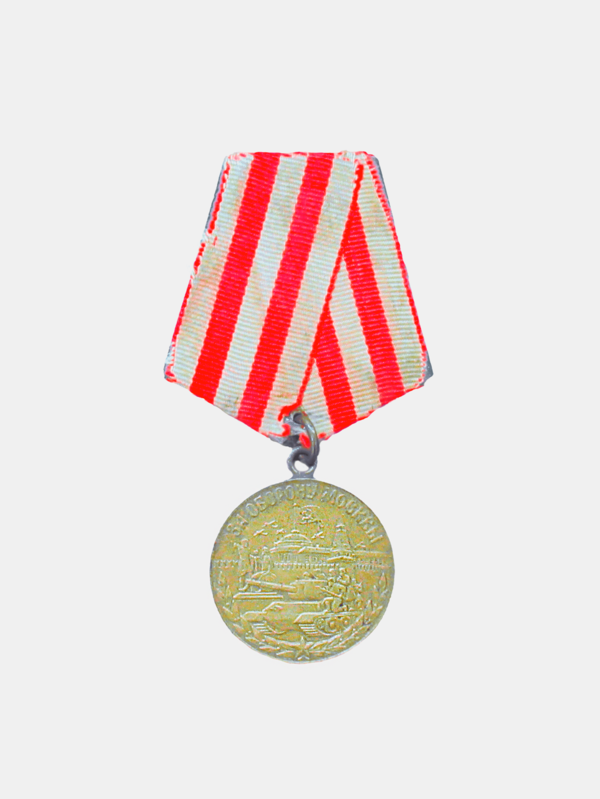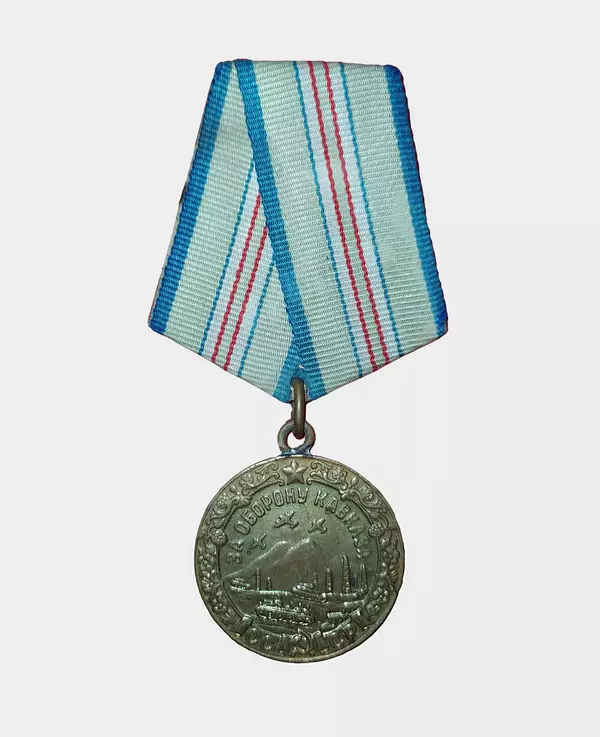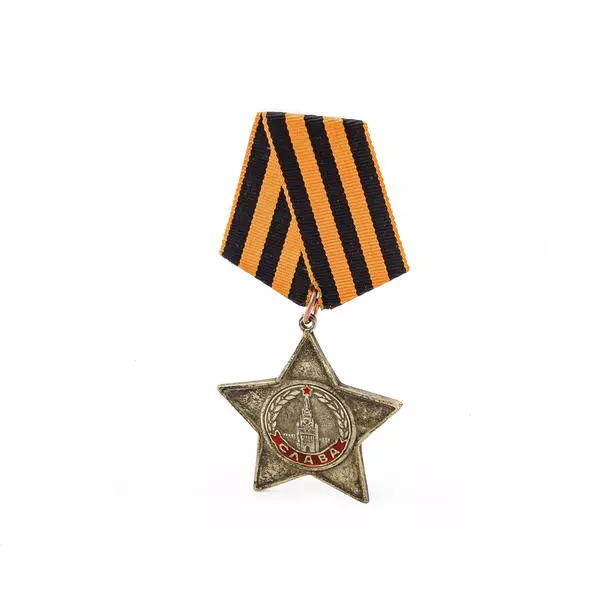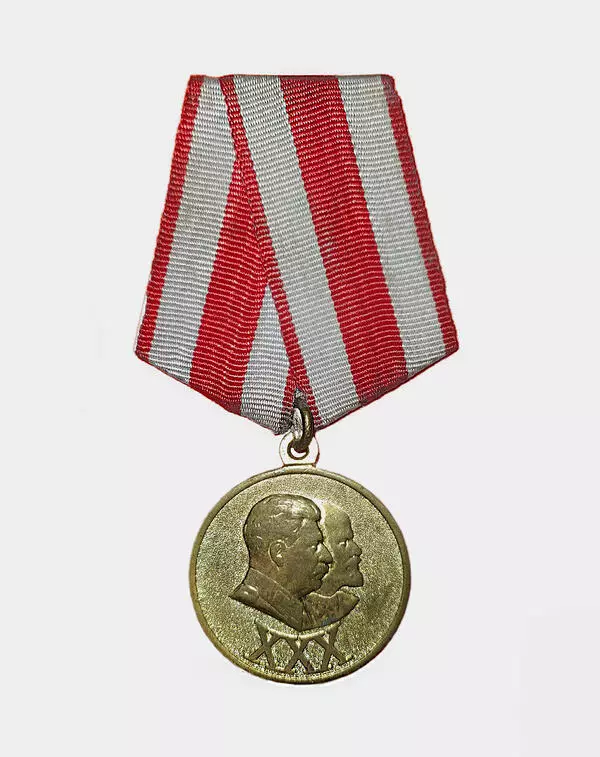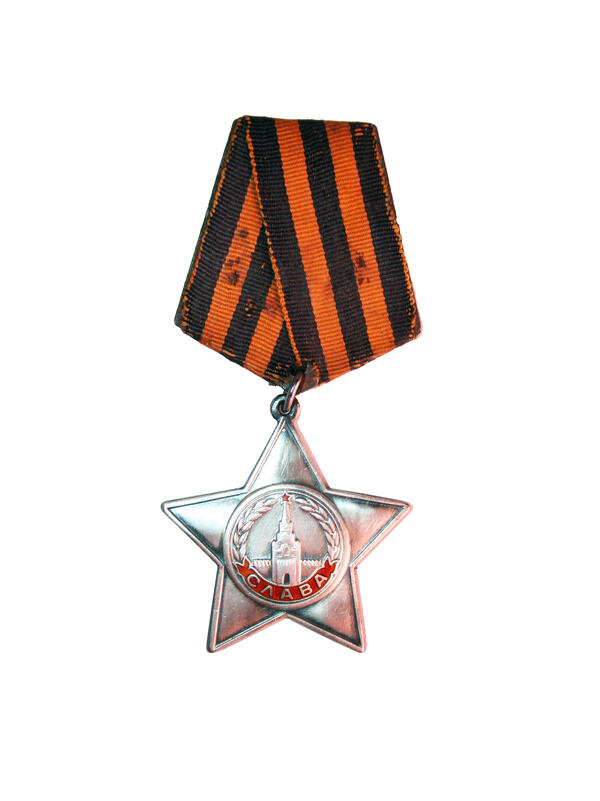The Decree by the Presidium of the Supreme Soviet dated May 1, 1944 instituted the medal For the Defence of Moscow. The sketch was made by the artist and medallist Nikolai Ivanovich Moskalyov.
The medal was awarded to 1 million 28 thousand 600 people. They all took part in the defence of the Soviet Union’s capital.
The battle for Moscow became one of the major victories of the Soviet troops over the fascist Germany during the Great Patriotic War. This battle was not only filled with political and strategic meaning, but also had a moral context. The invincibility of Hitler and his armed forces became an obvious myth for the people.
The German military command intended to capture Moscow in a couple of months and developed an operation codenamed Typhoon. Despite the fact that by the end of September the invaders had advanced quite deep into the country’s territory and were practically near Moscow, the Red Army’s resistance disrupted the plan to capture the city.
The battle for Moscow was divided into a defensive period from September 30, 1941 to December 5, 1941, and an offensive period from December 5, 1941 to April 20, 1942. Both the battles were extremely sanguinary and fierce.
The Wehrmacht deployed formidable forces to seize Moscow: 1 million 800 hundred thousand manpower, 1700 tanks, 1390 aircraft, over 14 thousand mortars and artillery pieces.
The battle near Moscow continued more than half a year along the front-line extending for a thousand kilometres. This battle was one of the longest and most intense in the history of World War II. It was hard to believe that the capital would be saved. However, the offensive launched by the Kalinin Front in early December 1941 was crowned with success. The enemy formations were defeated and the remaining units were thrown back by 250 km from Moscow. Hitler’s plan of a quick victory failed.
It was the first, but not the last resonant defeat of the Reich’s ‘invincible army.’ The enemy sustained tangible losses: more than 1 million killed.
The whole country was fighting for Moscow. The 186th Red Banner Brest division, the 170th rifle division, the 21st guards rifle division were manned in the Bashkir Autonomous Soviet Socialist Republic (ASSR). Thousands of fighting men from the republic were sent to replenish the units fighting near Moscow.
Fidai Garifovich Churmantayev is a fighter pilot, he fought in the 12th fighter aviation regiment. He was awarded the medal For the Defence of Moscow for the courage and battle merit. After the war Fidai G.Churmantayev continued to work in the aviation.
Rocket projectiles tenderly nicknamed Katyusha were first used in the battles for Moscow. It was a secret of the Soviet Army which became ‘the weapons of victory.’ There were five battalions of the Katyusha rocket launchers, and one of the task forces that broke through the German line of defence was led by colonel Bariy Abdullovich Yusupov. For the battle merit, courage and bravery the artillery officer Yusupov was awarded two Orders of Lenin, the Order of the Red Star, the Order of the Patriotic War, 1st class.
The medal was awarded to 1 million 28 thousand 600 people. They all took part in the defence of the Soviet Union’s capital.
The battle for Moscow became one of the major victories of the Soviet troops over the fascist Germany during the Great Patriotic War. This battle was not only filled with political and strategic meaning, but also had a moral context. The invincibility of Hitler and his armed forces became an obvious myth for the people.
The German military command intended to capture Moscow in a couple of months and developed an operation codenamed Typhoon. Despite the fact that by the end of September the invaders had advanced quite deep into the country’s territory and were practically near Moscow, the Red Army’s resistance disrupted the plan to capture the city.
The battle for Moscow was divided into a defensive period from September 30, 1941 to December 5, 1941, and an offensive period from December 5, 1941 to April 20, 1942. Both the battles were extremely sanguinary and fierce.
The Wehrmacht deployed formidable forces to seize Moscow: 1 million 800 hundred thousand manpower, 1700 tanks, 1390 aircraft, over 14 thousand mortars and artillery pieces.
The battle near Moscow continued more than half a year along the front-line extending for a thousand kilometres. This battle was one of the longest and most intense in the history of World War II. It was hard to believe that the capital would be saved. However, the offensive launched by the Kalinin Front in early December 1941 was crowned with success. The enemy formations were defeated and the remaining units were thrown back by 250 km from Moscow. Hitler’s plan of a quick victory failed.
It was the first, but not the last resonant defeat of the Reich’s ‘invincible army.’ The enemy sustained tangible losses: more than 1 million killed.
The whole country was fighting for Moscow. The 186th Red Banner Brest division, the 170th rifle division, the 21st guards rifle division were manned in the Bashkir Autonomous Soviet Socialist Republic (ASSR). Thousands of fighting men from the republic were sent to replenish the units fighting near Moscow.
Fidai Garifovich Churmantayev is a fighter pilot, he fought in the 12th fighter aviation regiment. He was awarded the medal For the Defence of Moscow for the courage and battle merit. After the war Fidai G.Churmantayev continued to work in the aviation.
Rocket projectiles tenderly nicknamed Katyusha were first used in the battles for Moscow. It was a secret of the Soviet Army which became ‘the weapons of victory.’ There were five battalions of the Katyusha rocket launchers, and one of the task forces that broke through the German line of defence was led by colonel Bariy Abdullovich Yusupov. For the battle merit, courage and bravery the artillery officer Yusupov was awarded two Orders of Lenin, the Order of the Red Star, the Order of the Patriotic War, 1st class.
